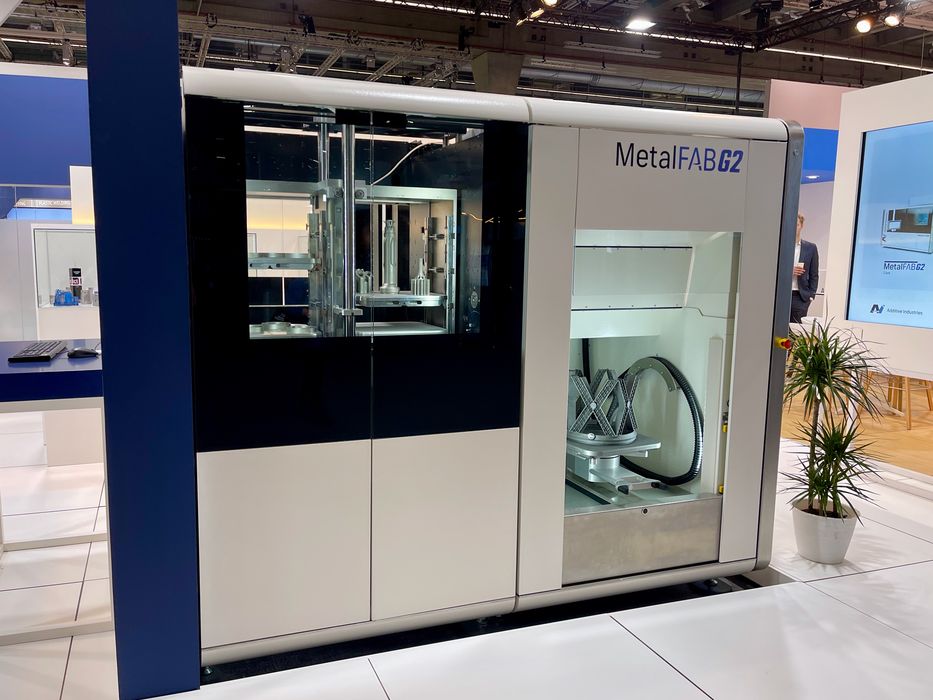
We had a chat with Additive Industries recently, and learned more about the metal 3D printer manufacturer.
Based in Eindhoven, Additive Industries was one of the first metal 3D printer manufacturers to recognize that the process of making metal parts was far more than just the printing process. Their innovative system design incorporated those extra steps, making it simpler for buyers as they could get everything required in one purchase.
The modular design of the Additive Industries systems meant that a customer could assemble a sequence of processing elements to taken a part through all required steps in a single machine footprint.
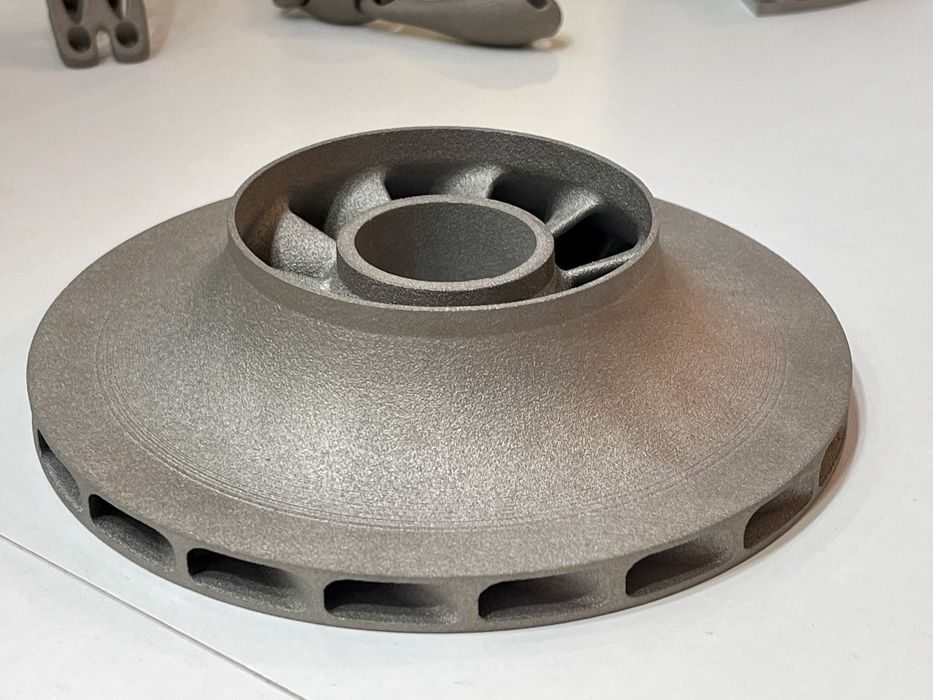
For many years the oompany exhibited their equipment in this manner: showing a “big long machine”. However, at the most recent Formnext event, they did not have the “big long machine”. Instead they showed single elements instead.
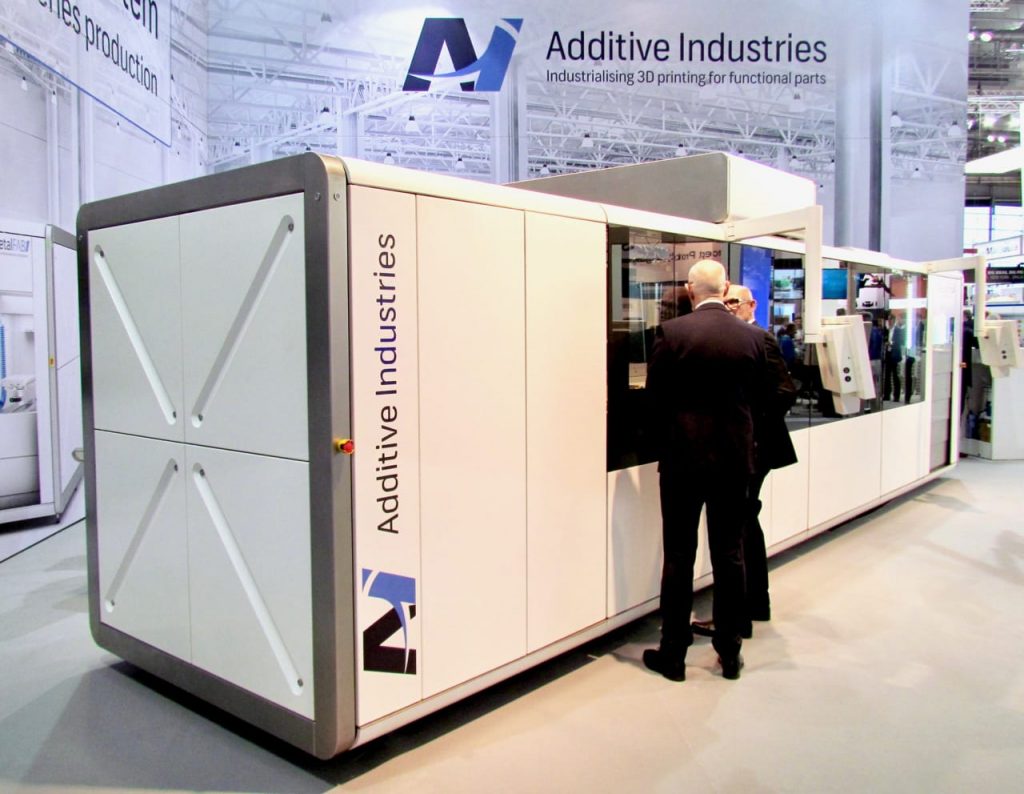
Why so? It turns out that some buyers were put off by the “big long machine”, thinking it was the minimum investment required to get started. Of course, that’s not true at all: you can acquire the MetalFABG2 as above on its own and get started metal 3D printing. This should reinforce the modular concept the company has been pursuing.
The modularity doesn’t end with the choice of modules; Additive Industries provides a wide range of flexibility within the core system, having multiple variants. For example, they can provide 3D printers with one, two or even four lasers.
These are all “full field” lasers that cover the entire print surface and thus provide maximum flexibility for speed and throughput. Many other systems have “zoned” lasers that can operate only within a specific area, and in those configurations you’d be speed constrained if you have small parts. Not so with the MetalFABG2.
Additive Industries allows for multiple core units, and there’s a very interesting feature: the Exposure Module can slide over to the second core and continue printing a second job. This could be extremely useful if the first job happens to complete overnight, as printing can continue.
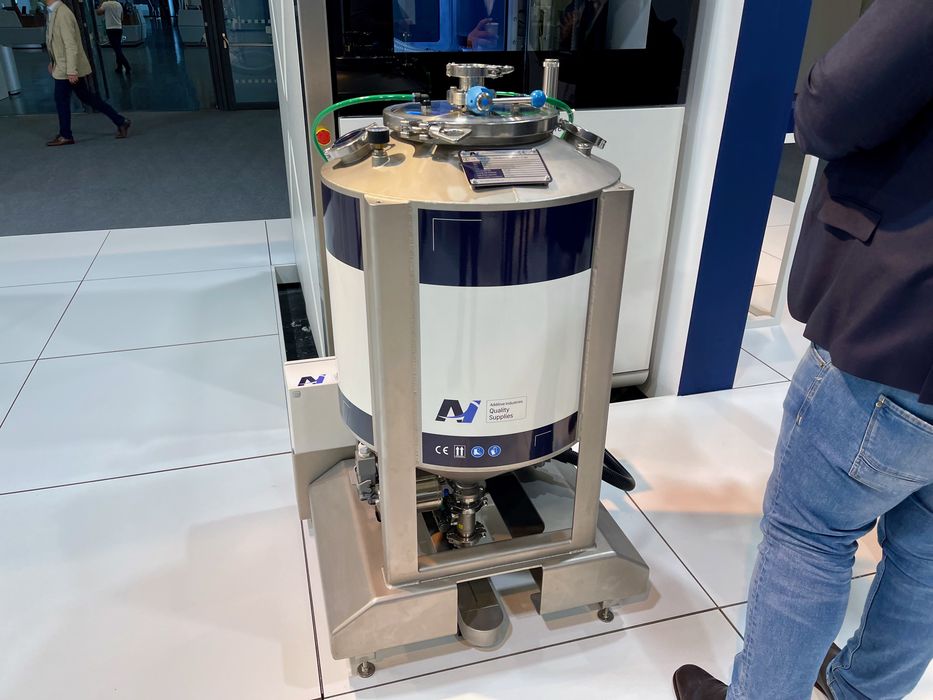
The company has also devised ways to provide automated metal powder flow, further lowering the need for manual intervention. They say their powder hopper can “never run out”, even during a full build.
Once jobs are complete, a robotic system can move the print plates to a changeover module and add a new plate for subsequent print jobs.
The calibration is entirely automated as well. Here you can see a chart of some of the calibrations undertaken by the MetalFABG2 on its own, which is quite an impressive list.
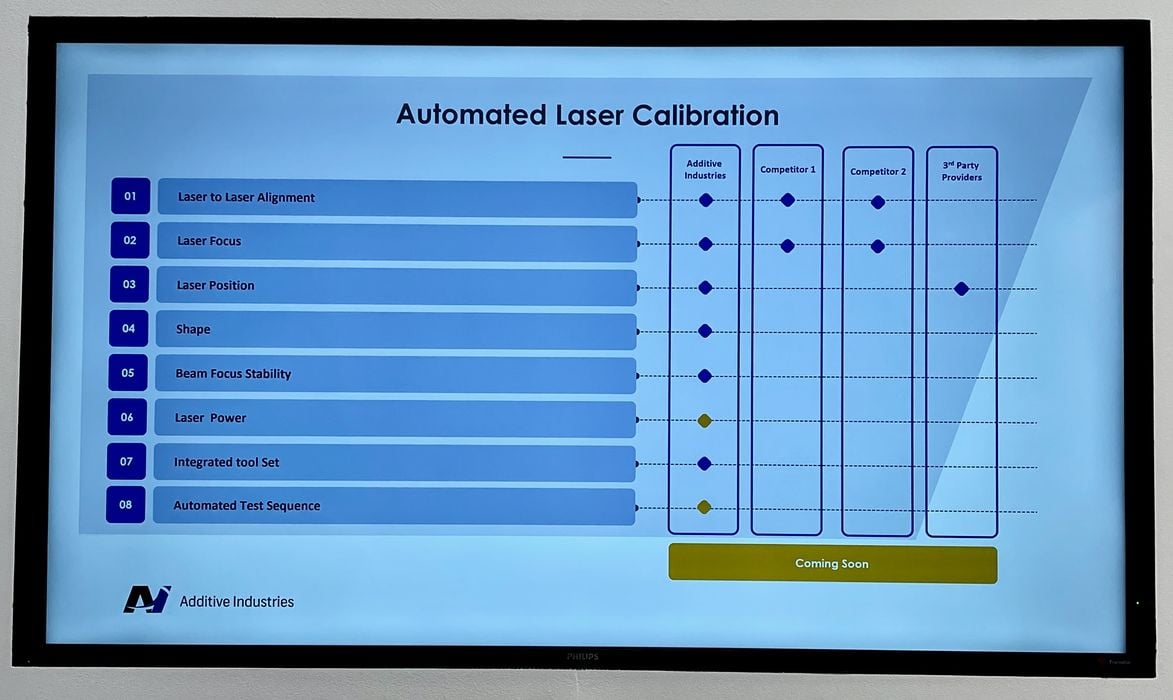
Apparently many of these calibration steps must be done by service engineers on competing equipment. However, on the MetalFABG2 the these are done automatically by the machine itself. The automated calibration takes only 2.5 hours to complete, and does not require a service technician at all.
Additive Industries told us the machine is capable of running for a “minimum of 112 hours unattended”, which just happens to be the length of a long weekend. Very convenient!
But that’s a minimum time. Apparently some Additive Industries customers actually run their machines non-stop, unattended for up to a week at a time. This is facilitated by the machine’s eight-plate storage capacity.
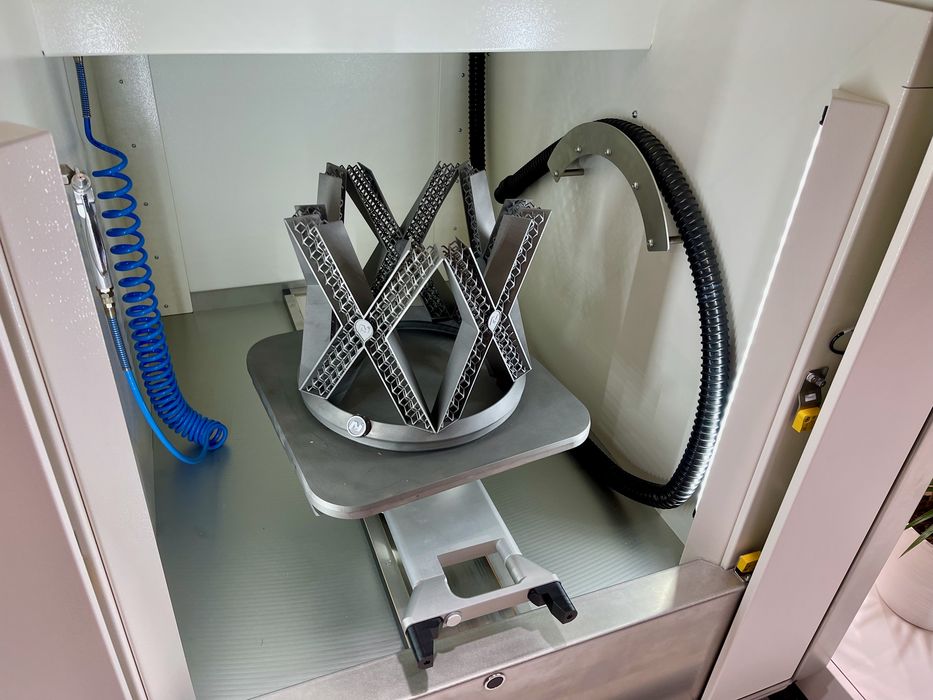
One step that is still partly manual is cleaning. Above you can see the chamber where an operator can use various tools to clean a freshly completed part. The idea here is to keep the operator away from the powder for safety reasons.
It’s one thing to make a device that can 3D print, but quite another to make a system that can perform most of the required steps automatically. I’ve been following Additive Industries for many years, and I’ve seen the company take careful note of customer workflows. Many of their innovations directly simplify those workflows and that is likely one of the big reasons for their success.
